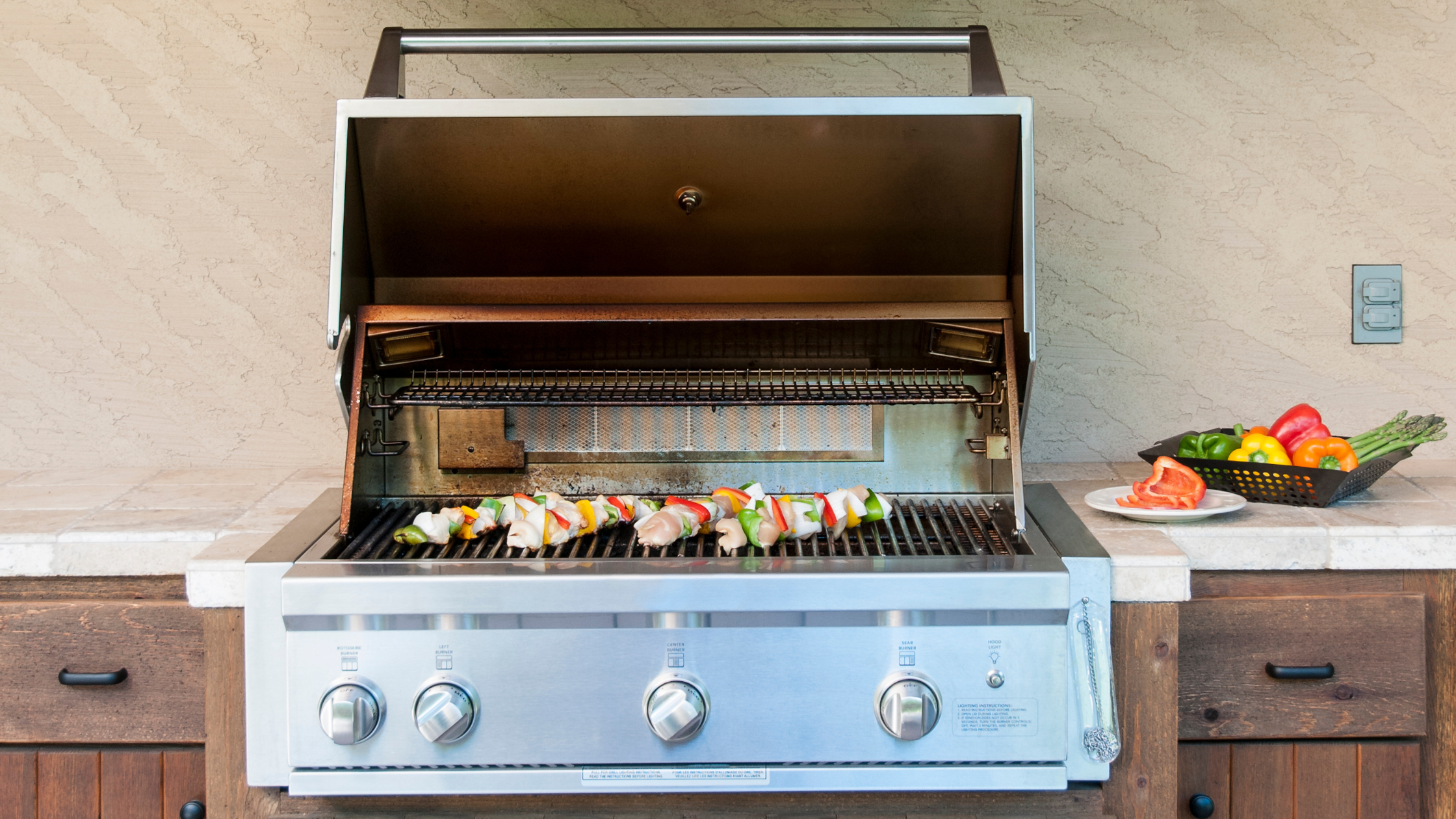The Stainless Steel Debate: 304 vs 430
304 stainless steel and 430 stainless steel are both widely used in various applications, including kitchen appliances, automotive parts, and industrial equipment. While they are both types of stainless steel, they have distinct differences in composition, properties, and suitability for different applications.
Composition:
304 Stainless Steel: Also known as "18-8" stainless steel, 304 stainless steel contains 18% chromium and 8% nickel, along with small amounts of carbon, manganese, phosphorus, sulfur, and silicon. This composition provides excellent corrosion resistance and durability, making it suitable for a wide range of applications, including food processing equipment, architectural structures, and utensils.
430 Stainless Steel: 430 stainless steel, on the other hand, contains less chromium and nickel compared to 304 stainless steel. It typically contains 17% chromium and no nickel. While it also contains small amounts of carbon, manganese, phosphorus, sulfur, and silicon, its lower chromium content makes it less corrosion-resistant than 304 stainless steel.
Corrosion Resistance:
304 Stainless Steel: Due to its higher chromium and nickel content, 304 stainless steel offers superior corrosion resistance, particularly in harsh environments or when exposed to corrosive chemicals or acidic substances. It is highly resistant to rust, tarnishing, and corrosion, making it ideal for applications where durability and longevity are critical.
430 Stainless Steel: Although 430 stainless steel provides good corrosion resistance in normal atmospheric conditions, it is more susceptible to corrosion and staining compared to 304 stainless steel, especially in environments with high humidity, salt exposure, or acidic conditions. It may exhibit rust or discoloration over time if not properly maintained or protected.
Strength and Ductility:
304 Stainless Steel: 304 stainless steel offers excellent strength, toughness, and ductility, allowing it to withstand heavy loads, high temperatures, and mechanical stress without deformation or failure. It is commonly used in structural components, fasteners, and machinery parts that require high strength and durability.
430 Stainless Steel: While 430 stainless steel has good mechanical properties and moderate strength, it is generally less ductile and malleable than 304 stainless steel. It may be prone to brittleness or cracking under certain conditions, particularly during forming or fabrication processes that involve bending, shaping, or welding.
Appearance and Finish:
304 Stainless Steel: 304 stainless steel has a bright, shiny finish and a smooth surface texture, giving it an attractive appearance that is well-suited for decorative or architectural applications. It can be easily polished to achieve a mirror-like finish or brushed for a satin finish.
430 Stainless Steel: 430 stainless steel typically has a duller, matte finish and a slightly rougher surface compared to 304 stainless steel. While it may be suitable for functional or industrial applications where appearance is less important, it may not have the same aesthetic appeal as 304 stainless steel in decorative or high-end applications.
In summary, while both 304 stainless steel and 430 stainless steel are valuable materials with unique properties and applications, 304 stainless steel offers superior corrosion resistance, strength, and versatility, making it the preferred choice for demanding environments and critical applications where performance and longevity are paramount. However, 430 stainless steel may be suitable for less demanding applications where cost savings and moderate corrosion resistance are acceptable.





